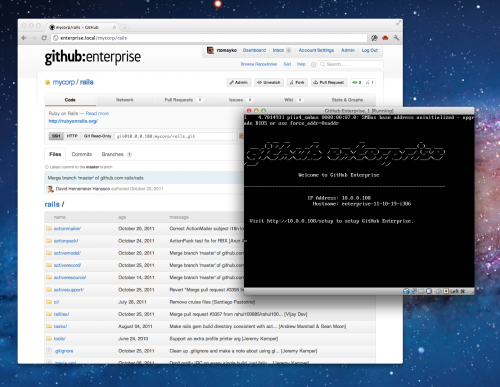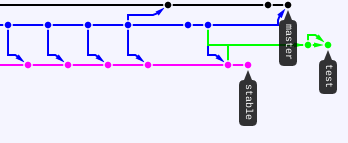Slashdot has an interesting discussion on whether or not a small start-up company has to Open Source their code or not. From one of the comments I followed a link to an excellent blog post by Tom Preston-Werner, one of the co-founders of GitHub.
Lastly, it’s the right thing to do. It’s almost impossible to do anything these days without directly or indirectly executing huge amounts of open source code. If you use the internet, you’re using open source. That code represents millions of man-hours of time that has been spent and then given away so that everyone may benefit. We all enjoy the benefits of open source software, and I believe we are all morally obligated to give back to that community. If software is an ocean, then open source is the rising tide that raises all ships.
In a nutshell he basically says that you should Open Source everything, except things that are at the core of your business value. His arguments are insightful and I suggest you read the whole thing.
Interestingly, this reminds me of a few discussions I had on outsourcing. And I was saying is that a company should outsource as much as possible, except for things which are at their core business value. As in, IT company should outsource accounting and legal, not IT, while accounting companies should outsource IT and legal, not accounting. And so forth.
That leads me to think that Open Source community is a huge outsourcing resource. Something that I’ve known for a long time, but now arrived to through a totally different route.


